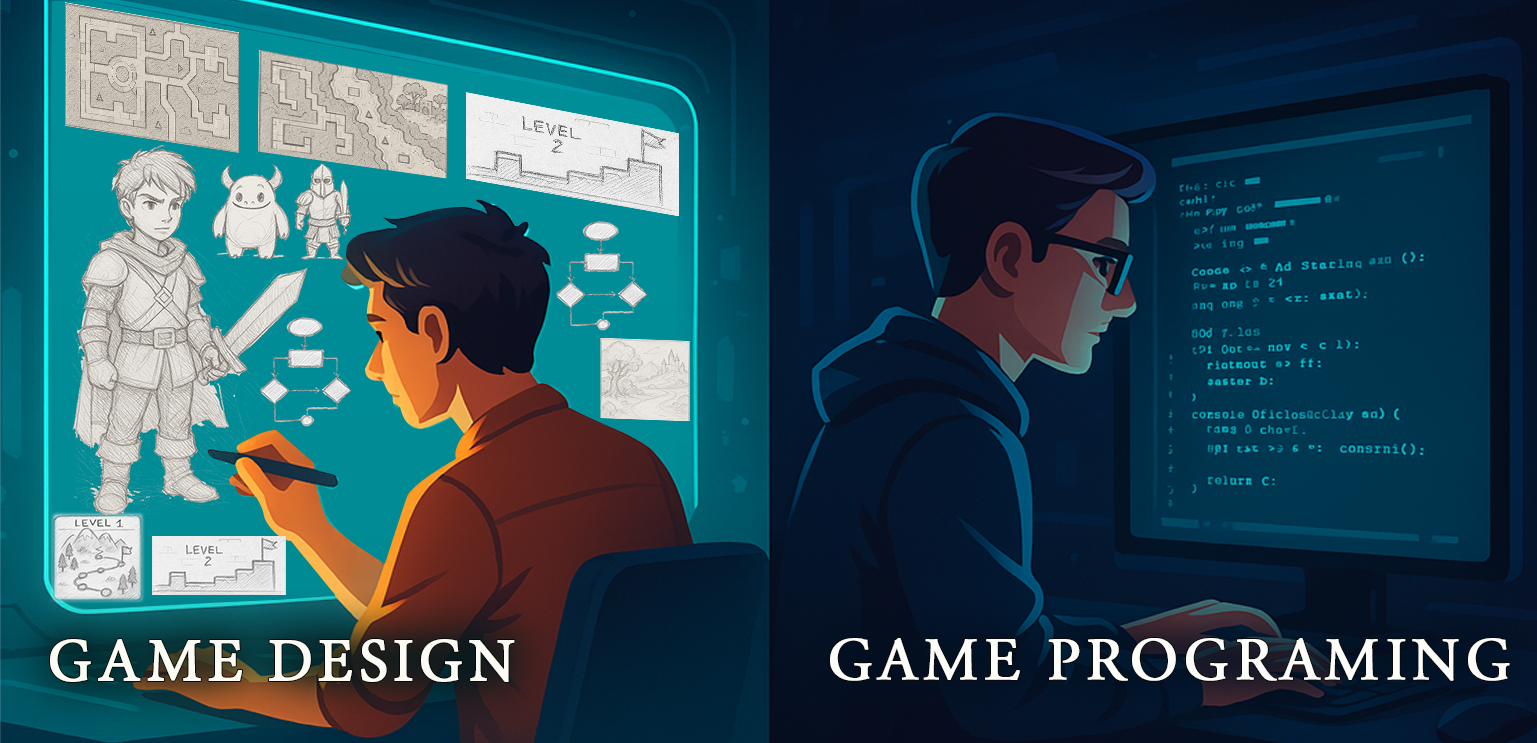How to Make a Game Design Document: Full Guide
Every great game starts with a solid idea — but turning that idea into a finished product takes more than just creativity. It takes planning, structure, and clear communication. That’s where the Game Design Document (GDD) comes in.
Whether you're an indie developer, part of a studio, or outsourcing parts of your project, a well-crafted GDD is your roadmap. It keeps your team on the same page, helps avoid confusion, and ensures that the game you're building matches the vision you started with.
In this guide, we’ll walk you through how to create a Game Design Document step by step — even if it’s your first time.

What is a Game Design Document (GDD)?
A Game Design Document serves as a comprehensive roadmap for your game. It outlines everything from gameplay mechanics and story lines to visual style and technical requirements. Think of it as the instruction manual for building your game — something that everyone on your team can refer to throughout development.
It’s not just paperwork — it’s a creative tool that keeps your ideas focused and your project organized.
Why is a GDD So Important?
Here’s why every game needs a design document:
- Clarity – Keeps the entire team aligned on vision and goals.
- Efficiency – Reduces guesswork and miscommunication.
- Scalability – Makes it easier to bring in new team members or outsource tasks.
- Problem-Solving – Helps spot challenges early before they become expensive mistakes.
At Gamix Labs, we work with clients who provide detailed GDDs, and we also help those who don’t. But trust us — having one always makes the journey smoother.
Essential Elements of Your Game Design Document
Here’s a breakdown of what a typical GDD should cover. You can tweak it based on the type of game you're building (2D, 3D, mobile, console, etc.).
1. Game Overview
- Title of the Game
- Genre (e.g., RPG, FPS, casual, puzzle)
- Target Platform (mobile, PC, console)
- Target Audience (age group, interests)
- Game Summary – A short description of what the game is about.
2. Core Gameplay Mechanics
- Player Controls – What can the player do (jump, shoot, interact)?
- Game Loop – The core cycle of gameplay (explore, collect, fight, repeat).
- Progression System – Levels, upgrades, skills, or unlocks.
- Win/Lose Conditions – How the game ends or how players succeed.
3. Story and Characters (If applicable)
- Plot Summary – Short overview of the game’s narrative.
- Main Characters – Their roles, traits, and design notes.
- World-building – Setting, lore, and background details.
4. Art Style and Assets
- Visual Style – Pixel art, stylized 3D, realistic, etc.
- UI/UX Notes – Layout ideas, menus, and user interactions.
- Asset List – What needs to be created (characters, environments, effects).
5. Audio and Music
- Sound Effects – Button clicks, footsteps, and environment sounds.
- Background Music – Themes for levels, menus, or cut scenes.
- Voice Acting – For characters and dialogs, if applicable.
6. Technical Details
- Game Engine – Unity, Unreal, Godot, etc.
- Tools & Software – Graphic design software, audio production tools, and version control systems.
- Performance Goals – Target frame rate, device compatibility.
7. Monetization (For commercial games)
- Free-to-play or Paid
- In-app Purchases
- Ads or Subscriptions
8. Milestones and Timeline
- Development Phases – Pre-production, production, testing, launch.
- Estimated Timeframe – For each phase or feature.
- Deliverables – What’s expected and by when.
Tips for Writing a Great GDD
- Think Like a Player – If you can’t explain it clearly, players might not understand it either.
- Be Adaptable – Game development is ever-changing, so your GDD should evolve along with your project.
- Collaborate Often – Get input from artists, developers, and testers early.
- Stay Organized – Use headings, bullet points, and clear sections for easy reference.
- Update Regularly – Keep it current as your game grows or changes.
Final Thoughts
A good GDD doesn’t just help you build a game — it helps you build the right game. Whether you're creating a simple 2D mobile app or an ambitious 3D adventure, starting with a structured design document saves time, reduces stress, and leads to a better end result.
At Gamix Labs, we’ve worked with developers around the world who rely on strong GDDs to turn ideas into polished games. And if you need help visualizing your concepts or want expert game art that matches your design — we’re here to help.
Need Game Art That Matches Your GDD?
At Gamix Labs, we deliver top-quality game art — from stunning 2D sprites to immersive 3D characters. Let us bring your vision to life. Contact us today







